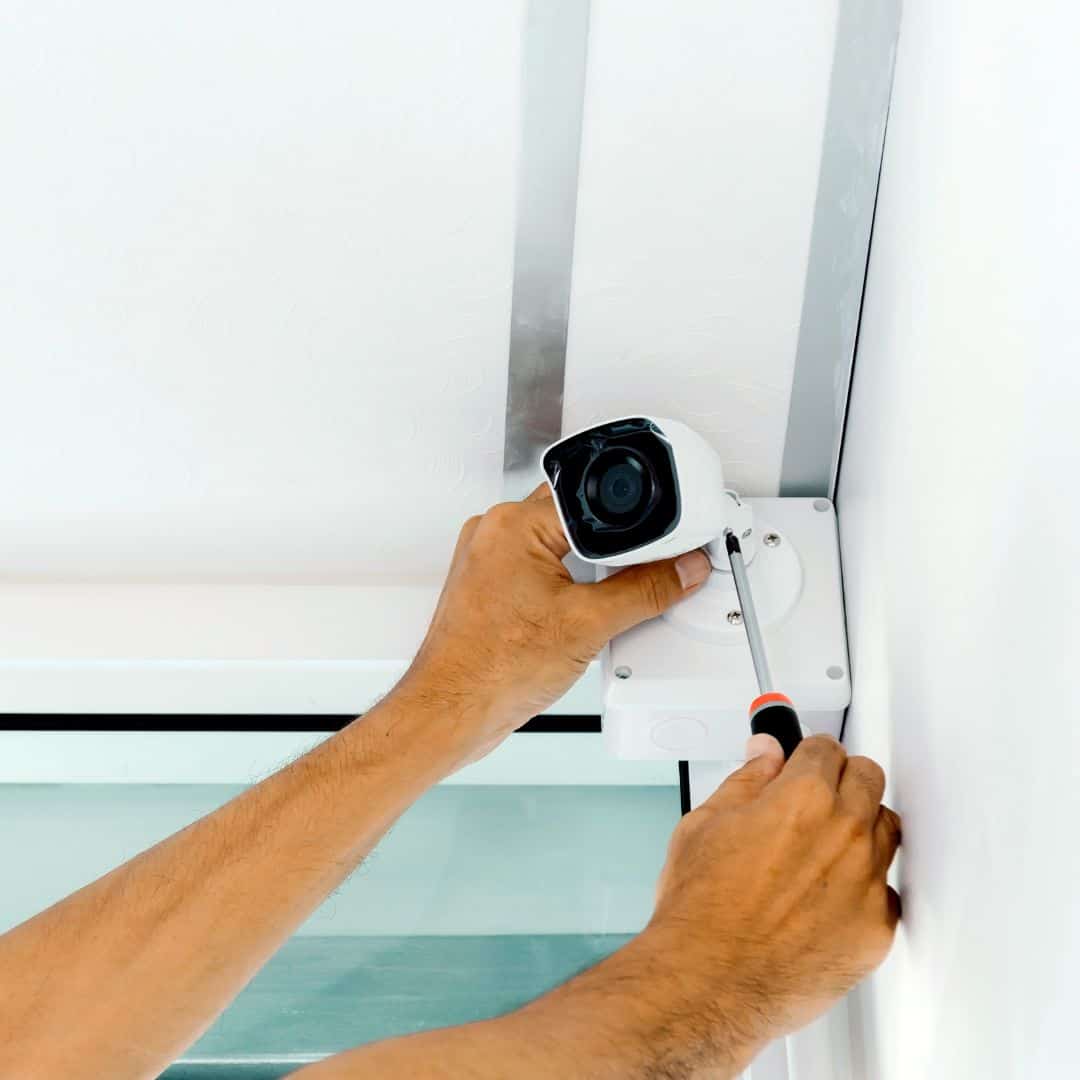Security camera placement – finding your home’s best angle

When home security first became a legitimate concern, the methods and tools used were far from exhaustive and often too pricey for most household budgets.
The last few decades, however, have brought with them technological advances that mean it is now possible for any home one any budget to consider a fully-featured home security solution.
Aside from intruder alarms and access panels, the most important part of any security system setup is the cameras. Whereas these were once bulky and unwieldy things that required a direct power source and lots of space in which to operate. Modern cameras, however, are not only much smaller – but can function wirelessly and can be placed almost anywhere, within reason.
So, with so many options on the table, what considerations should you be making in order to make the most out of your security cameras with your security camera placement?
Location
First, the placement of the cameras themselves is crucial. The most important thing is that you cover the entire property. If this is not possible, the most vulnerable entry points should be prioritised.
If you only have one camera to work with, your initial compulsion will be to place it right above the front door and this is certainly not a bad place to start with, as it’s great for spotting ‘chancers’ trying the doorknob or fiddling around with the letterbox.
However, almost as many professional burglars will attempt to access the home from the rear, so you will want your front door and rear entrance covered at a bare minimum. First-story windows, back gardens or yards, and garages are also locations that are commonly broken into and should be covered.
Height
The idea of placing your security cameras as high as possible is an old one that doesn’t hold much sway in an age where high definition cameras allow us to achieve a perfectly framed shot of a criminal’s face.
As a general rule, the camera should be placed just above head height (at around 8 feet) to be able to capture identifiable footage. Feel free, of course, to test this theory and experiment with different heights, but don’t be surprised if you always end up coming back to the head height rule.
Angles
When angling and positioning your security cameras, you need to take field of view into account. This means calculating the distance from the camera to the subject and angling accordingly. Field of view needs to be checked by horizontally and vertically to ensure the desired ‘detection zone’ is adequately covered.
Generally speaking, an angle of around 10 to 15 degrees will give the best view of an object (or individual). It might be a case of experimenting and seeing what works, but if you utilise a professional security system company to install your cameras, they should know all of the tricks, and be able to offer several options.
Lighting
Getting an image that’s actually useful in identifying criminals means so much more than just putting cameras in the right place and pointing them in the right direction, it’s about the lighting too.
Avoid pointing your cameras directly at the door, as when that door is opened and bright light is allowed to spill out, it will momentarily blind the cameras.
The same is true of direct sunlight, which is one of the many reasons why security cameras face down, rather than up towards the sky. That being said, you want to make sure your cameras are supported by lighting, rather than being blinded by it so ensure there is adequate lighting – but that it’s facing away from the cameras too.
There are various other minor considerations to make of course, such as where break-ins have been in the past, whether or not the cameras are weatherproof and if night-vision and ‘smart’ features are required.
Generally speaking, however, it’s a case of taking the four factors above into account and using good old fashioned common sense. Pair this with the insight and wisdom of a home security expert on 0800 731 3365, and you’ll never again have a problem finding your home’s best angle.
